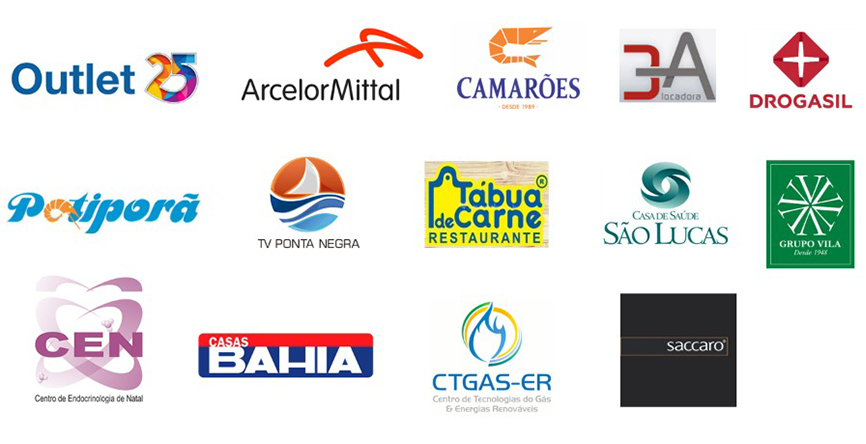Here are several various factors that may allow you to choose which model is finest for you. RAD methodologies have 4 levels particularly business requirement gathering or business modelling, prototyping, testing and suggestions and eventually the deployment stage. The names might vary from project to project nevertheless the finish result of each of the stages is consistent. The idea of the primary prototype isn’t to make it excellent, however to get it completed. This permits the teams to collaborate on one thing substantial, quite than continuing to debate abstract implications and expectations.
Moving from traditional software growth to a rapid, iterative method is an enormous step. Before you make it, our rapid utility deployment experts may help you consider your selections to make sure the next step is sensible. We’ve helped organizations of all styles and sizes remodel how they deliver value – let’s discuss how we will do the identical for you. Finally, rapid growth works greatest when you might have ongoing access to prospects or their stakeholders all through the method.
- Proponents of Agile, like (off the top of my head…) Fowler, do probably not describe a procedural method by which they actually develop.
- It does imply that there must be project management above the silo level, guaranteeing teams are working in the same course, even as they work at completely different ends of a particular utility.
- Even distributed organizations can make fast software development work if the foundation is ready appropriately.
In this text, you will know what means RAD, its features, and its bond with Agile Methodologies. Agile methodologies prioritize customer feedback as an integral part of the development process. Customer suggestions is integrated at multiple touchpoints throughout every sprint or iteration. Customers are encouraged to actively take part in backlog refinement sessions, dash planning conferences, and other Agile ceremonies. This close interplay enables a shared understanding of necessities and promotes collaboration all through the event process. When considering fast utility development vs Agile, it’s important to know the distinguishing features of every methodology.
Principles In Action: What Rad Desires (and How It Works)
Here’s a tabular comparison of the key elements that differentiate these approaches and make clear their unique characteristics. It does imply that there needs to be project management above the silo level, making certain groups are working in the identical path, even as they work at totally different ends of a particular application. This is particularly true in the course of the necessities gathering course of, the place it’s crucial to understand the implications up and down the software program stack.
Though this can delay the ultimate deployment of the appliance a bit, nevertheless, brings out a better version of the software program. In actuality, the thinking and approaches stereotyped in the “Agile technique” have all the time existed, and is characteristic of people or small teams of development employees who’re untrained in any technique. So no, agile software program growth just isn’t a sort of RAD; they handle issues at completely different levels of abstraction. During this stage, prototyping tools could be helpful for rapidly managing details similar to consumer interface, though you’ll nonetheless want those talents during the building section.
In conclusion, RAD and Agile methodologies current two distinct paths for software growth, every catering to particular project requirements and objectives. RAD’s fast prototyping and swift supply swimsuit smaller initiatives with well-defined scopes, whereas Agile’s incremental and collaborative nature accommodates initiatives of any dimension with evolving wants. User involvement is a important aspect of RAD (Rapid Application Development) methodology. Hence RAD actively engages customers throughout the development course of to ensure the ultimate software program meets their wants and expectations. In RAD, consumer involvement begins from the early stages of requirements gathering. This collaboration ensures that consumer necessities are accurately translated into software options and the potential issues or concerns are addressed promptly.
Agile software improvement is characterized by its adaptive strategy, selling evolutionary development and supply while encouraging speedy and versatile response to change. Do you find your users’ needs have modified by the point your organization’s completed the development project? Application lifecycle management can make your development process more flexible and reveal alternatives to increase functionality after deployment.
What About Rad Vs Agile? Are They The Same Thing?
Even distributed organizations can make rapid application improvement work if the inspiration is set appropriately. Team members merely need to be available to others throughout a core set of working hours. Regardless of the size of the event shop, collaboration and communication are important to creating RAD work. Teams shall be working fast and furiously collectively in the face of constant change, so that they need to be well-versed in staying cooperative and communicative all through the method. Stakeholder necessities are often gathered in a vacuum, the place they remain an summary record of desires or wishes. Users interact better with something closer to a last product, the place they will walk-through real-world workflows.
Stack Exchange community consists of 183 Q&A communities together with Stack Overflow, the most important, most trusted online neighborhood for developers to study, share their information, and construct their careers. Our purchasers have constructed and deployed over 340,000 Kintone purposes. Join them by signing up for a free trial–no bank card required–or scheduling a personalized product demo.
Enhancing Velocity And Quality Of Development In Rad
This additionally contains your prospects, inside or external, as a result of their participation is important. However, as with all different self-discipline, new greatest practices have emerged. They all supply important advantages to each organizations and their customers. The hassle is that, from a supply perspective, RAD is open-ended; the measure of success is just a completed product.
However, it may additionally be adapted and used to develop and handle other projects. Rapid application growth (RAD) is a technique that promises faster growth. The waterfall model[1] of development was established many a long time in the past as a definitive method to approach engineering tasks. Its name comes from the reality that progress flows down sequential steps. As software program continues to develop at an overwhelming velocity, it’s essential to again it up, and take a look at how it’s made.
On the developer facet, moving rapidly to prototyping permits unknown unknowns to emerge earlier, giving teams extra time to address points, especially integration. Components may be built and tested collectively sooner, leading to faster mitigation of errors that wouldn’t present up until a lot later in a standard waterfall SDLC. RAD is preferred for working software where robustness is prioritized over perfection. Achieving robustness and quality with speed requires a rigorous approach throughout the RAD process, together with prototyping, testing and improvement, and implementation.

Proponents of Agile, like (off the highest of my head…) Fowler, do not really describe a procedural technique by which they actually develop. They are towards planning (at least anything of a nature that binds them), and they’re towards getting it right first time (demanding the proper to have as many goes as necessary to get it right). We’ll have a glance at some key differentiators between RAD and Agile in a bit, however https://www.globalcloudteam.com/ it’s essential to understand the phrases usually are not interchangeable. Startups with fewer than 500 prospects and startups focusing on area of interest target audiences especially have a tough time. All stakeholders should adhere to strict deadlines and timelines to make the project successful. The RAD process is intensive and requires an all-hands-on-deck mindset from your group.
Through it, it’s attainable to realize no less than the manufacturing of functional elements of techniques, ok for immediate use and solving issues the place prospects needed software program yesterday. Depending on the case, you can adjust it, depending on the scope of the project. Unlike other methodologies such as Scrum, RAD does not outline specific roles performance. It only requires the presence of open and environment friendly communication between those involved in the project. This framework allows a excessive level of customization of the developed sources and in addition permits excessive adaptability. As it is an iterative technique, at every stage of development, there is a prototype.
Especially because it allows companies to keep up with the cycle of innovation and interruption that’s shorter and shorter, as properly as being more cost-effective. Having defined the key factors of both models, we are ready to determine which projects profit from RAD, as properly as situations which would possibly be worth investing in the Agile methodology. Agile methodologies can be considered higher than RAD as a result of certain process mechanisms. The most important aspect which makes Agile better is the potential to iterate a requirement as per the person wants at any given stage.
LogRocket identifies friction factors within the person experience so you can make knowledgeable choices about product and design changes that must occur to hit your objectives. With LogRocket, you’ll find a way to understand the scope of the problems affecting your product and prioritize the changes that need to be made. LogRocket simplifies workflows by allowing Engineering, Product, UX, and Design groups to work from the same information as you, eliminating any confusion about what needs to be carried out. The choice between RAD and Agile methodologies ought to be primarily based on the precise necessities and characteristics of the project, as nicely as the preferences and capabilities of the development team. RAD’s iterative course of locations a heavy reliance on consumer suggestions, creating a potential problem if consumer involvement isn’t available or consistent. Pros of RAD include fast development, flexibility, adaptability, and decreased risk.
Agile development is an iterative and incremental approach to software improvement. It emphasizes collaboration, flexibility, and quick response to change. Agile development divides work into small items, called sprints, with every dash delivering a functioning and tested piece of software program. Agile development allows for frequent suggestions and course correction, which results in better alignment with the shopper’s needs and faster time to market.
Agile growth and RAD both have their strengths and weaknesses when it comes to rapid utility improvement. Agile’s emphasis on collaboration and adaptability results in better alignment with the customer’s wants, whereas RAD’s quick prototyping and growth pace allow for fast delivery of a working product. Ultimately, the selection between Agile and RAD depends rapid application development cloud on the project’s particular requirements. The key variations between Agile and RAD embody their strategy to project administration, emphasis on person suggestions, growth velocity, and core ideas. Agile focuses on collaboration, adaptability, and steady enchancment, while RAD prioritizes fast prototyping, reusability, and suppleness. Agile methodologies stress the significance of self-organized and cross-functional teams.

